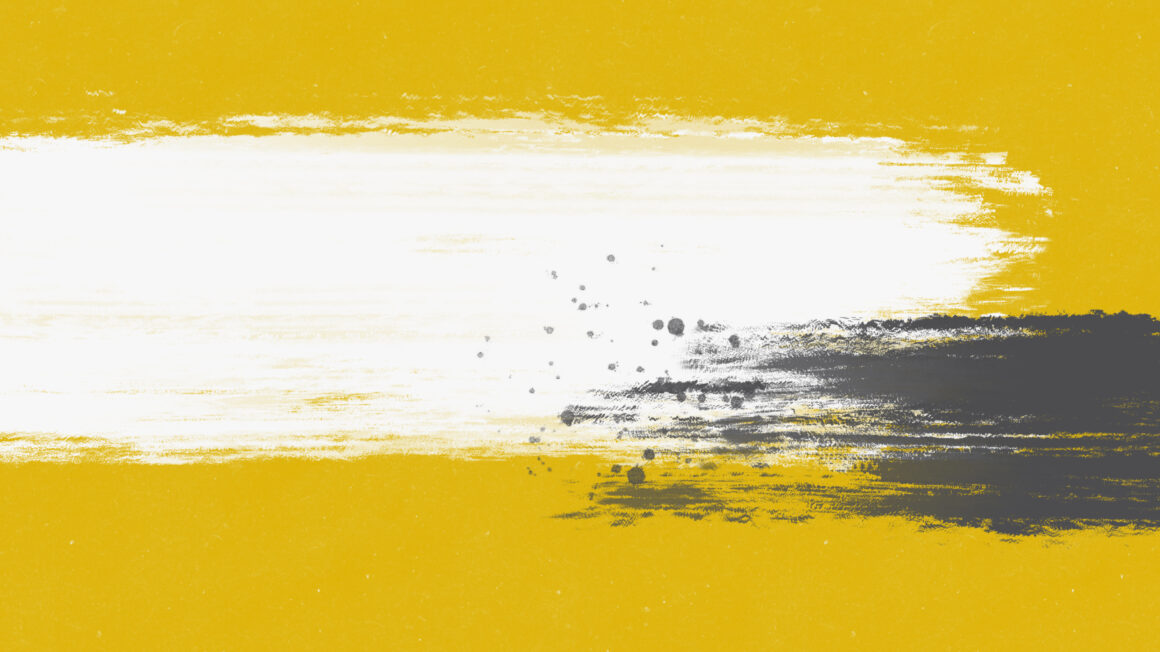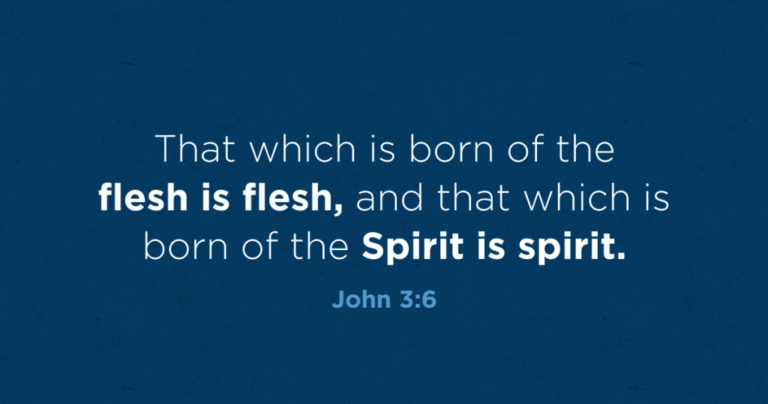What Does the Blood and Water that Came Out of Jesus’ Pierced Side Mean?

Originally posted on the Bibles for America Blog.
In the New Testament, all four Gospels give the account of the crucifixion of Jesus. But in John 19:31-34, details are recorded that don’t appear in the other three accounts:
“Then the Jews, since it was the day of preparation and so that the bodies might not remain on the cross on the Sabbath (for that Sabbath day was a great Sabbath), requested of Pilate that their legs might be broken and that they might be taken away. The soldiers therefore came and broke the legs of the first man and of the other man who had been crucified with Him. But coming to Jesus, when they saw that He had already died, they did not break His legs; but one of the soldiers pierced His side with a spear, and immediately there came out blood and water.”
The Roman soldiers routinely broke the legs of those they crucified to hasten their deaths. Since Jesus had already died, they left His legs unbroken. Yet one of the soldiers pierced Jesus’ side with a spear, and out of His side came blood and water.
Why are these details about the piercing of Jesus’ side recorded only in the Gospel of John? Do they have a special meaning?
The subject of the Gospel of John
To answer this question, we first need to see the subject of John’s Gospel.
Each of the four Gospels presents a different aspect of our Lord Jesus. Taken together, they form a complete biography. The New Testament Recovery Version provides the subject of every book, including those of the four Gospels:
- Matthew: The Gospel of the Kingdom—Proving That Jesus Christ is the King-Savior
- Mark: The Gospel of God—Proving that Jesus Christ is the Slave-Savior
- Luke: The Gospel of the Forgiveness of Sins—Proving that Jesus Christ is the Man-Savior
- John: The Gospel of Life—Proving that Jesus Christ Is God the Savior Coming as Life to Propagate Himself
The emphasis of the Gospel of John is life. When we consider the details in John’s account of the Lord’s crucifixion, we have to keep that emphasis in mind.
Pictures in John
Spiritual realities are profound; they can be hard to understand. So John uses pictures, or signs, throughout his Gospel to help us grasp these realities.
For instance, in John 1:29 John the Baptist says of Jesus, “Behold, the Lamb of God, who takes away the sin of the world!” We know the Lord Jesus isn’t literally a lamb with four legs and a fluffy coat, but the picture of Jesus as the Lamb of God shows us something beyond what words alone can tell us. Without a lot of explanation, the picture, or sign, of a lamb immediately impresses us with the meekness, gentleness, and sinlessness of the Lord who gave Himself up for us.
John uses other pictures throughout his account, such as the heavenly ladder, the brass serpent on a pole, and the vine with the branches. These signs help communicate deep spiritual realities to us.
The picture of blood and water
So what spiritual reality does the blood and water from the Lord’s pierced side reveal?
Note 1 on blood and water in John 19:34 in the New Testament Recovery Version is tremendously helpful. Let’s look at some portions of this lengthy note. The first section says:
“Two substances came out of the Lord’s pierced side: blood and water. Blood is for redemption, to deal with sins (1:29; Heb. 9:22) for the purchasing of the church (Acts 20:28). Water is for imparting life, to deal with death (12:24; 3:14-15) for the producing of the church (Eph. 5:29-30). The Lord’s death, on the negative side, takes away our sins, and on the positive side, imparts life into us. Hence, it has two aspects: the redemptive aspect and the life-imparting aspect. The redemptive aspect is for the life-imparting aspect. The record of the other three Gospels portrays only the redemptive aspect of the Lord’s death. John’s record portrays not only the redemptive aspect but also the life-imparting aspect.”
So the blood and water show us two important aspects of the Lord’s death: the redemptive aspect (blood) and the life-imparting aspect (water).
Because Jesus shed His blood to accomplish a marvelous redemption for us, we can be forgiven and cleansed of all our sins. We can never praise and thank Him enough for the redemptive aspect of His death.
But His redemption was for a purpose: God wants us to receive His divine life. This is possible because of the life-imparting aspect of Jesus’ death.
Jesus’ death released the divine life
Let’s read another section of the note:
“But the flowing water and the unbroken bone mentioned by John in vv. 34 and 36 are signs that relate to the life-imparting aspect of the Lord’s death (see note 261). This death that imparts life released the Lord’s divine life from within Him for the producing of the church, which is composed of all His believers, into whom His divine life has been imparted.”
The note says that the Lord’s death released the Lord’s divine life from within Him. To understand what this means, let’s read what Jesus said in John 12:24:
“Truly, truly, I say to you, Unless the grain of wheat falls into the ground and dies, it abides alone; but if it dies, it bears much fruit.”
Before His crucifixion, Jesus likened Himself to a grain of wheat that would fall into the ground and die. A grain of wheat is a seed. Inside the shell of a seed is a life force, a life element. But as long as the seed remains whole, the life within it is confined to that one seed. It must fall into the ground and “die” so its outer shell can be broken open. That’s the only way the life in the seed can be released so that it can bear fruit. This is for its propagation, or increase.
In the same way, the divine Son of God became a man of flesh and blood named Jesus. Jesus was both divine and human, but His divine life was confined within the “shell” of His humanity.
But God desired that we would all receive His divine life. For this to happen, the divine life in Jesus had to be released from within the shell of His humanity. This happened when Jesus died on the cross. Through His death, divine life was released!
Now that life can be imparted to all who believe in Jesus.
Two fountains
We can continue to enjoy the provisions of His blood and His life forever. Let’s read the last section of the note:
“The Lord’s pierced side was prefigured by Adam’s opened side, out from which Eve was produced (Gen. 2:21-23). The blood was typified by the blood of the Passover lamb (Exo. 12:7, 22; Rev. 12:11), and the water was typified by the water that flowed out of the smitten rock (Exo. 17:6; 1 Cor. 10:4). The blood formed a fountain for the washing away of sin (Zech. 13:1), and the water became the fountain of life (Psa. 36:9; Rev. 21:6).”
Jesus’ death opened two fountains to meet all our needs: a fountain for washing away our sins and a fountain of life.
Zechariah 13:1 says:
“In that day there will be an opened fountain for the house of David and for the inhabitants of Jerusalem, for sin and for impurity.”
And Psalm 36:9 says:
“For with You is the fountain of life; in Your light we see light.”
We can continue to come to the fountain for cleansing by confessing any sin we commit. And we can receive more of the divine life by coming to the Lord as the fountain of life to drink of Him.
Praise the Lord for His redeeming and life-imparting death, for the blood and the water!
We could only briefly discuss here the profound meaning of the blood and water that came out of the Lord’s pierced side. And the note we looked at today includes another section on the redemptive aspect of the Lord’s death.
We highly recommend that you order a free copy of the New Testament Recovery Version if you live in Australia. You can read the entire note with its reference verses to gain a deeper understanding of this marvelous sign.
Subscribe to receive the latest posts






